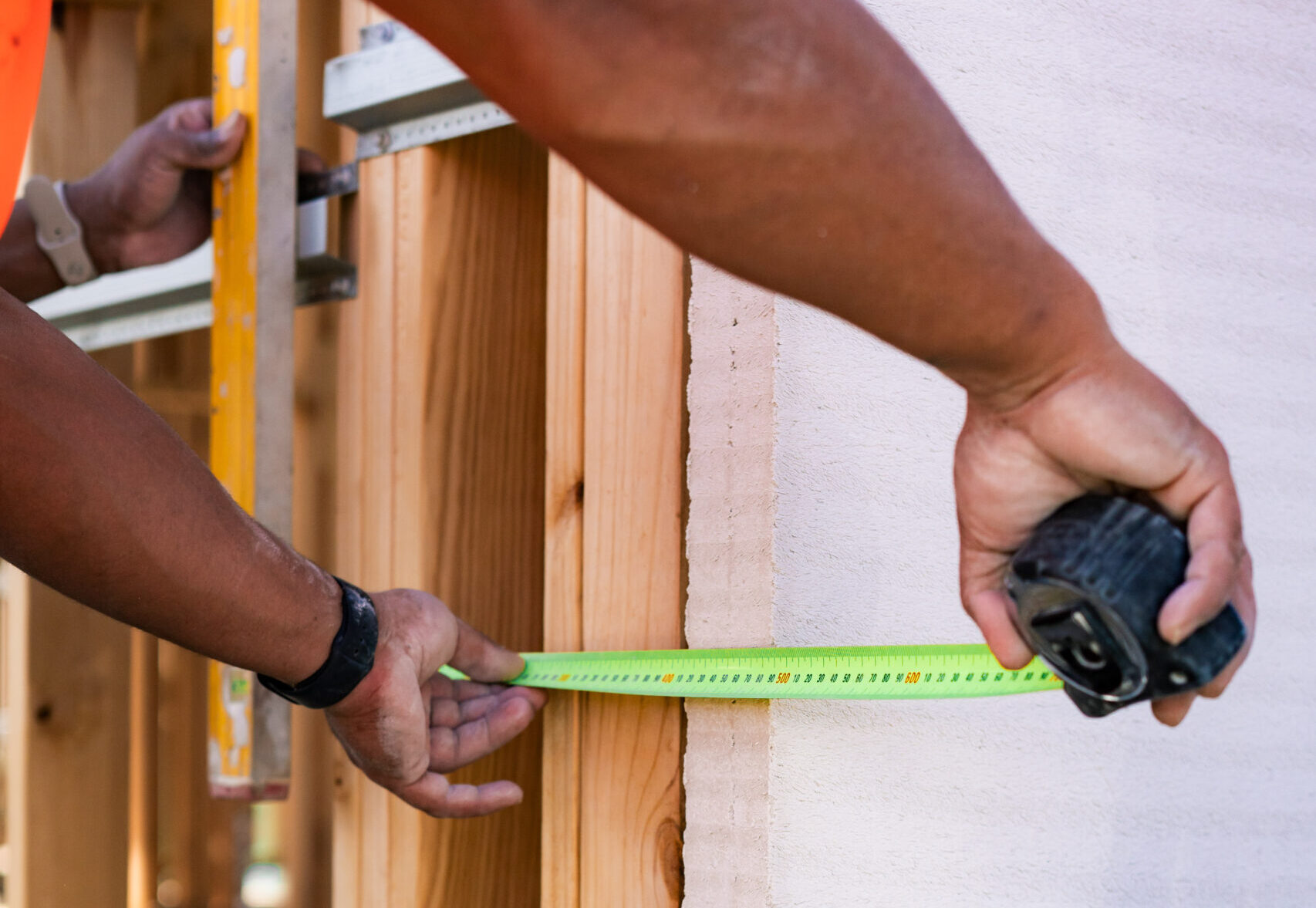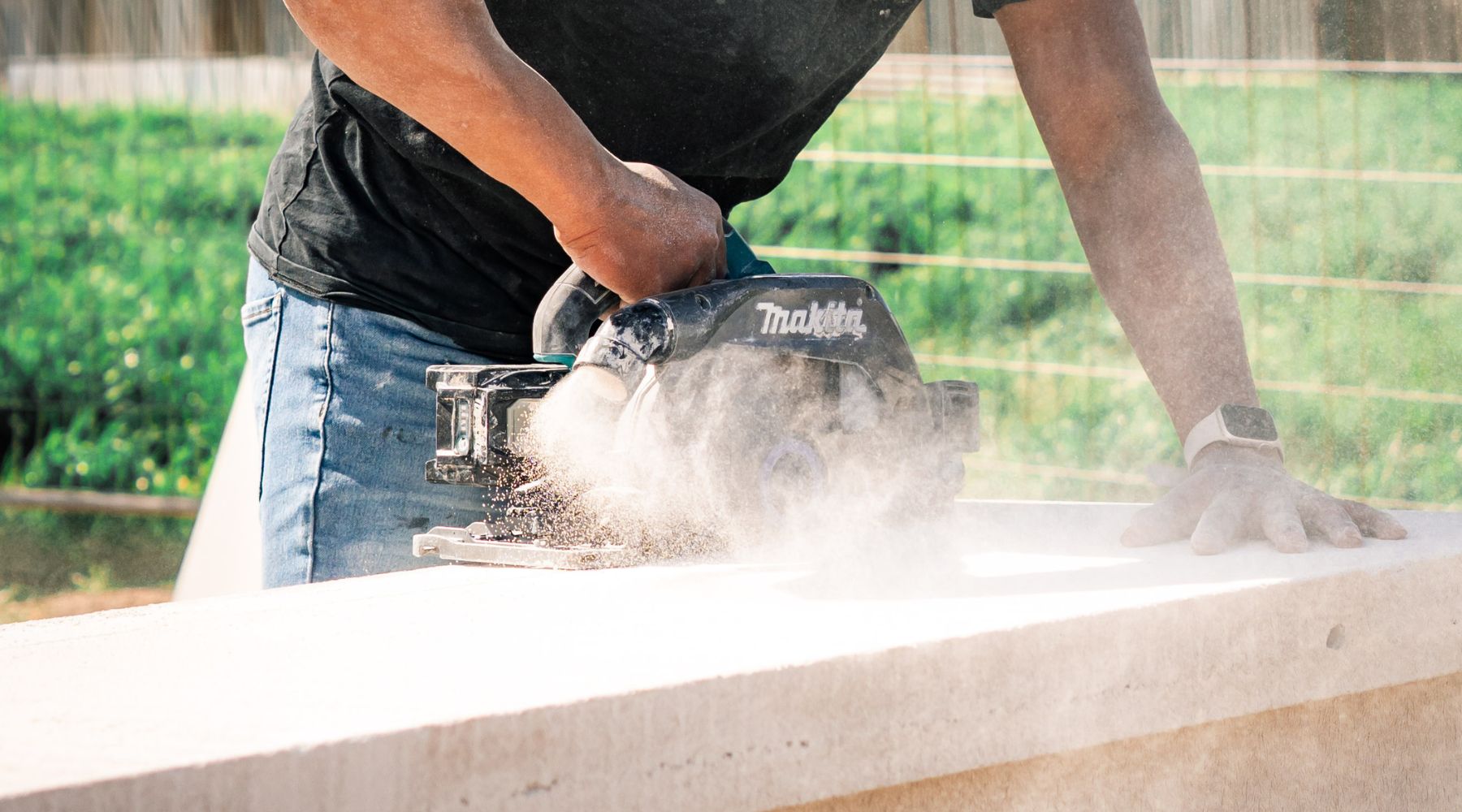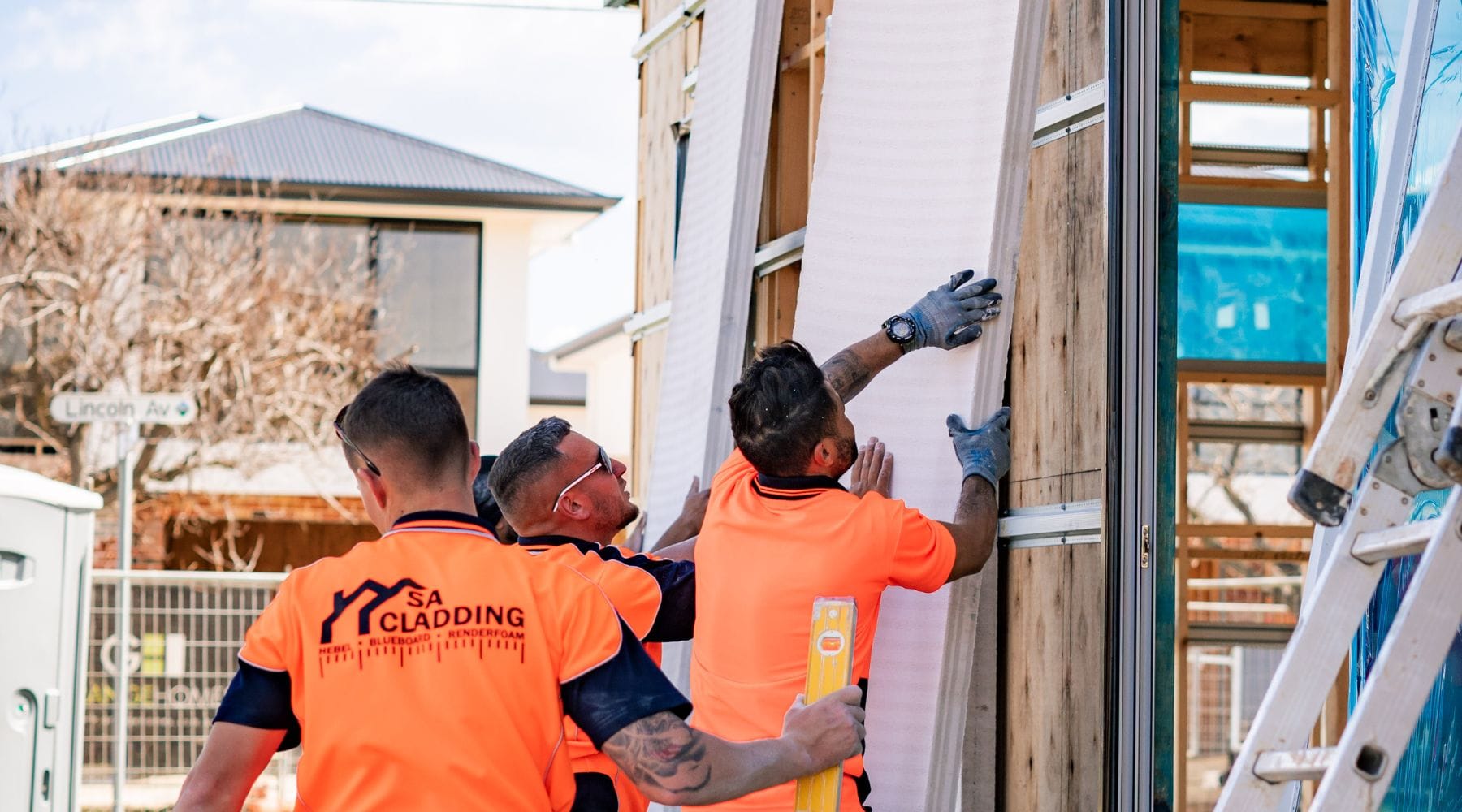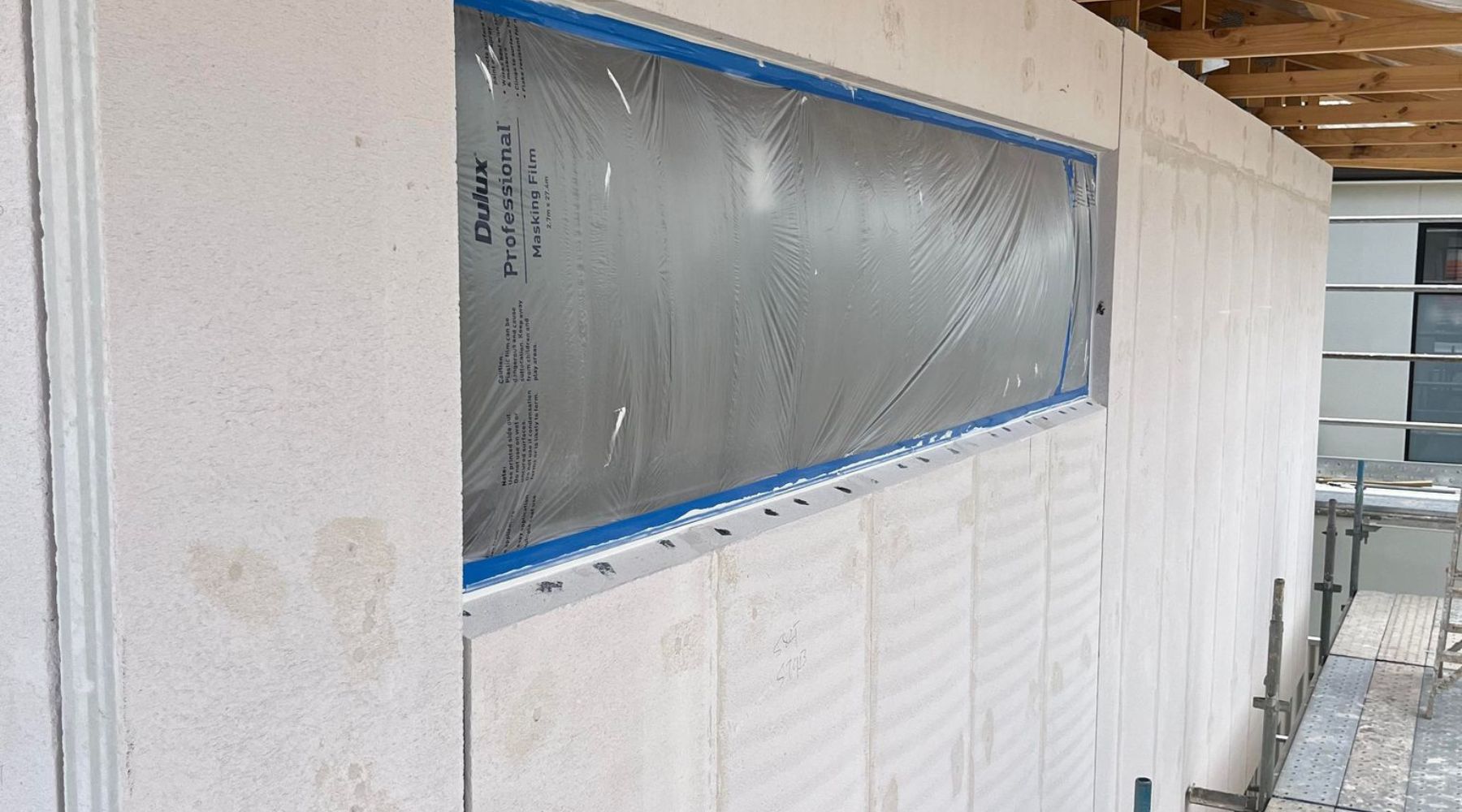In the dynamic world of modern architecture, the quest for new and innovative building materials is ever-present. Among these, cladding solutions stand out for their ability to offer both aesthetic appeal and functional benefits. Cladding refers to the process of covering one material with another for purposes of protection and insulation, as well as to add a layer of aesthetic finesse to building exteriors. This blog explores the various cladding solutions that are shaping the future of construction and architecture in Australia and beyond.
The Evolution of Cladding
Cladding has come a long way from its humble beginnings as a purely protective layer. Today, it serves as a key element in architectural design, offering a blend of style and substance. With advancements in technology, cladding materials now range from traditional wood and stone to contemporary composite materials and high-tech smart façades.
The Role of Cladding in Modern Architecture
Modern architecture demands more than just good looks; it requires sustainability, energy efficiency, and resilience. Cladding solutions meet these needs by providing additional thermal insulation, reducing building maintenance, and withstanding harsh weather conditions—all while giving architects the freedom to craft visually stunning exteriors.
Types of Cladding Solutions
Timber Cladding
Timber cladding remains a favourite for its timeless charm and natural warmth. In Australia, where sustainability is increasingly prioritised, timber sourced from certified forests provides an eco-friendly cladding solution. It’s versatile and can be used in a variety of finishes and treatments to suit different styles and climates.
Metal Cladding
Metal cladding is prized for its durability and sleek finish. Aluminium and steel are popular choices, offering a modern look with long-lasting performance. They are also recyclable, which reduces the environmental impact at the end of their life cycle.
Vinyl Cladding
Vinyl cladding is a cost-effective and low-maintenance option that resists moisture and decay. It’s available in a range of colours and styles, making it a practical choice for residential and commercial properties alike.
Composite Cladding
Composite cladding systems combine the beauty of wood with the strength and durability of synthetic materials. They are resistant to rot, pests, and fire, making them a safe and sturdy option for Australian buildings.
Stone Cladding
Stone cladding exudes luxury and strength. It provides excellent thermal mass, helping to regulate interior temperatures and reduce energy costs. With modern lightweight options available, stone cladding can be used in a variety of architectural contexts without the need for heavy structural foundations.
Fibre Cement Cladding
Fibre cement cladding is a robust and resilient material that can mimic the appearance of timber, stone, or brick. It’s non-combustible and resistant to termites, rot, and warping, making it ideal for the Australian climate.
The Benefits of Cladding
Cladding solutions offer a multitude of benefits, including:
- Enhanced Building Protection: Cladding acts as a skin for buildings, protecting against weather and environmental stressors.
- Improved Energy Efficiency: By adding an insulative layer, cladding helps maintain internal temperature, cutting down on heating and cooling costs.
- Architectural Freedom: With a wide range of materials and finishes, cladding allows for creative and diverse architectural expressions.
- Low Maintenance: Many modern cladding materials require minimal upkeep, saving time and money in the long term.
Cladding and Sustainability
Sustainability in cladding is not just about the materials used; it’s also about how they’re produced, applied, and maintained. Innovations in cladding technology are continually improving the environmental footprint of buildings. From recycled materials to cladding systems that facilitate better insulation and energy consumption, the focus is on creating solutions that are as kind to the planet as they are to the eye.
Cladding in the Australian Context
Australia’s varied climate poses unique challenges for cladding. The material chosen must be able to withstand intense sun, strong winds, and sometimes, bushfire threats. Australian architects and builders are adept at selecting and installing cladding that meets these rigorous demands while adhering to the highest standards of beauty and performance.
Choosing the Right Cladding Solution
Selecting the right cladding for your project involves considering several factors:
- Aesthetic Goals: What visual impact do you want to achieve?
- Environmental Conditions: What weather and environmental factors will the cladding need to resist?
- Budget: What are your cost constraints for both installation and maintenance?
- Sustainability: How important are eco-friendly materials to your project?
Conclusion
Cladding solutions are an integral part of modern architecture, offering a synergy of design flexibility, protective functionality, and energy efficiency. As the industry continues to innovate, the potential for cladding to shape the built environment grows. Whether you’re an architect, builder, or homeowner, understanding the vast array of cladding options available is key to making informed decisions that result in beautiful, durable, and sustainable buildings.
For those in the market for cladding solutions, the future is bright with possibilities. The right choice in cladding can elevate a structure from mere building to a landmark of design and efficiency.
FAQs
What is the most sustainable cladding material?
Timber from sustainably managed forests and recycled metal cladding are among the most eco-friendly options available.
How does cladding contribute to energy efficiency?
Cladding provides an additional insulating layer to buildings, which helps to keep the interior temperature stable and reduces the need for artificial heating and cooling.
Can cladding be fire resistant?
Yes, materials like metal, certain composites, and specially treated timbers offer enhanced fire resistance suitable for use in fire-prone areas.
Innovative cladding solutions are transforming the face of Australian architecture, making it an exciting time for those looking to build or renovate. With the right guidance and a clear understanding of the options, your project can benefit from the many advantages that cladding provides.
Connect with SA Cladding
Ready to enhance your property with cutting-edge cladding solutions? Reach out to SA Cladding for expert advice and installation services tailored to your needs. Whether you’re after the natural elegance of timber, the sleek finish of metal, or the robust charm of stone, our team is equipped to bring your vision to life. Contact us today to start your cladding project with the best in the business.

